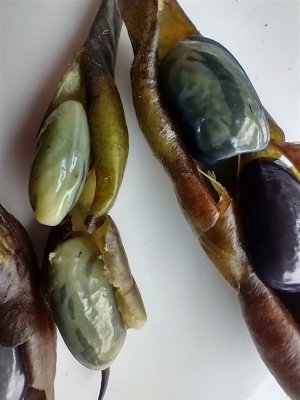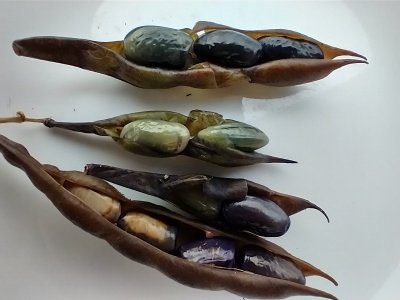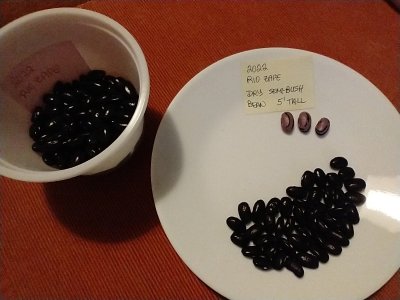meadow
Deeply Rooted
I hadn't followed the link in that article before (I found it last year when looking for info on Good Mother Stallard), but the bean it goes to, Mawiwjwa description mentions throwing black beans:
Hopi Purple String Bean. Beautiful purple beans with black crescent-moon-shaped stripes. Some solid purple or black beans may also appear. Traditionally dry farmed on the Hopi Mesas. Wonderful tasting green beans when picked young. Dried beans are beautiful and tasty too. From our Seed Bank Collection.



